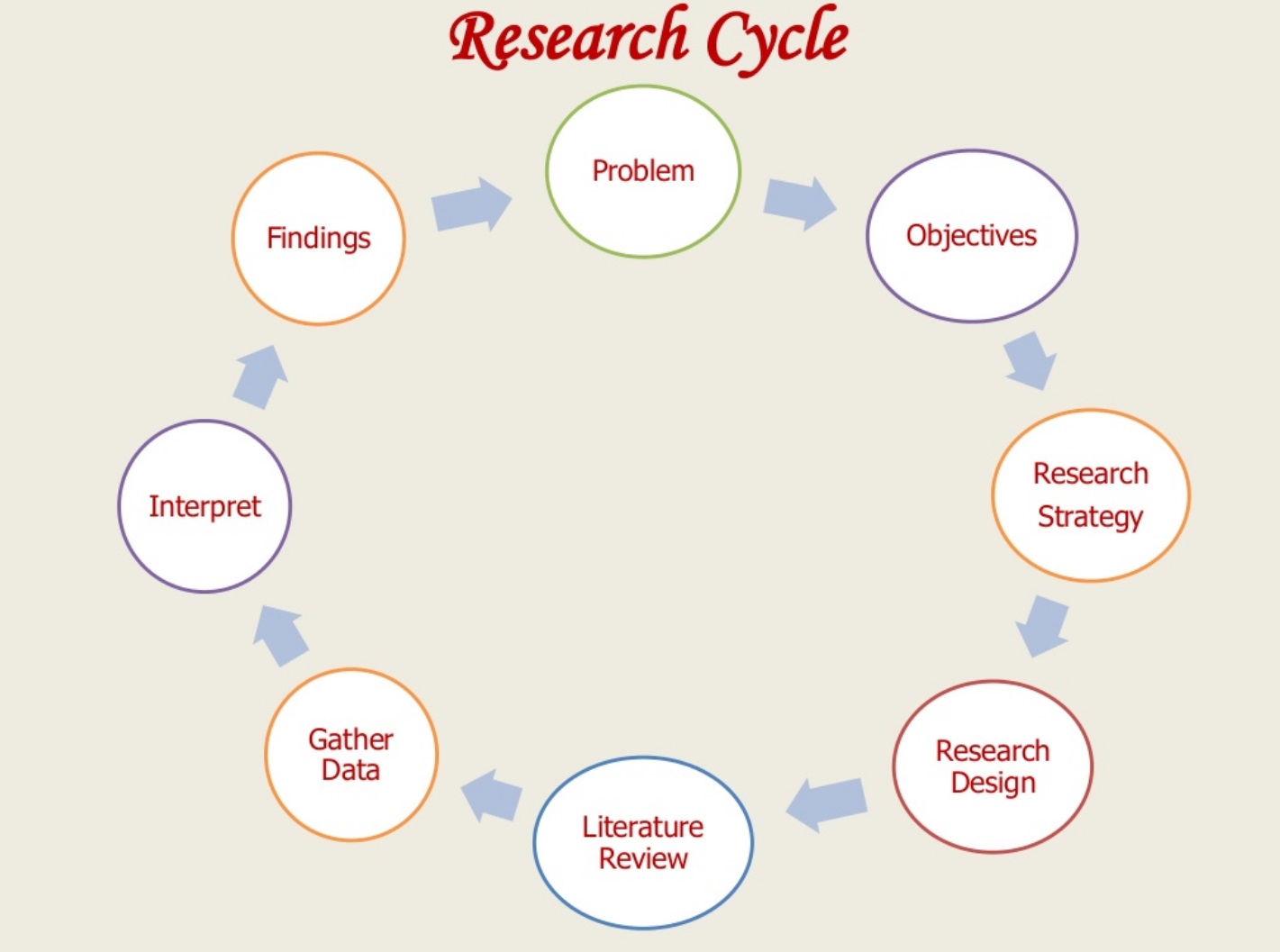
PROFESSIONAL RESEARCH
The field of Criminology may deal with some attractive characters; two types of methodology will help solve crimes. The first is quantitative---figures and statistics splashed across graphs, reports, charts and spreadsheets---the nuts and bolts of data that provide irrefutable substantiation of theories. The other, qualitative research methods, help investigators understand why crimes are committed via case studies, interviews and profiling.
TWO TYPES OF RESEARCH
Qualitative and quantitative research methods cover all bases of scientific investigation, pairing mathematical principles with anecdotal data. A criminologist may apply regression analyses to compute time lines, use inductive reasoning, place people and evidence in context and make non-biased evaluations. Running computer models, analyzing evidence and applying technical and personality tools helps the criminalist understand the suspect well enough to draw inferences, develop scenarios and case studies and test theories leading to solved cases.
QUANTITATIVE RESEARCH METHODS
Criminalists use these types of quantitative methods to get convictions: inductive statistics, DNA and ballistics tests, evidence-based comparisons, age/education/poverty ratios, neighborhood and family demographics, previous offender data, patterns of documented crimes in neighborhoods and families, crime mapping, field tests, meta-analysis, computer-based models and evaluation of anthropological data associated with skeletal remains and pathology. It would be impossible to solve most white-collar crimes without quantitative research.
QUALITATIVE RESEARCH METHODS
Moving from concrete facts and figures to anecdotal research methods, a criminologist conducts these types of research: victimology, profiling, crime theory comparisons, neighborhood and cohort influence studies, multi-cultural conflict models, psychopathic and sociopathic personality studies, bio-social violence patterns and a variety of ethnographic research tools. Without factoring in the human elements of a case, motives might never be understood.
Unlike quantitative research methods, qualitative approaches are designed to capture life as participants experience it, rather than in categories predetermined by the researcher. These methods typically involve exploratory research questions, inductive reasoning, an orientation to social context and human subjectivity, and the meanings attached by participants to events and to their lives. There are a number of distinctive research designs under this paradigm: (1) participant observation, (2) intensive interviewing, (3) focus groups, and (4) case studies and life histories. Each of these will be discussed in turn.
Participant observation
Intensive interviewing
Focus groups
Case studies and life histories


